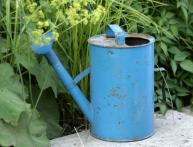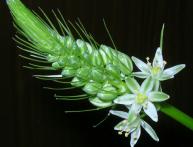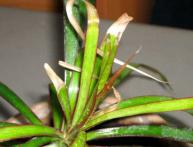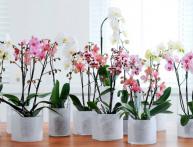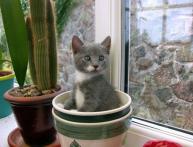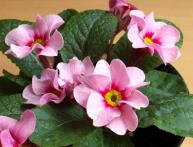How to properly fertilize indoor plants at home
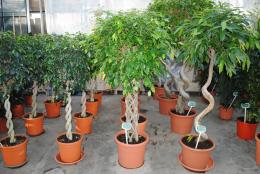
For many, home flowers are not only interior decoration, but also a favorite hobby. To make flowers pleasing to the eye, you need to carefully care, following many rules and instructions. The root system is in a limited space, so caring for indoor plants is significantly different from garden flowers. Special requirements are put forward for the choice of soil, lighting, watering, and fertilizing.
Content:
- How to fertilize indoor plants
- How to prepare soil for replanting plants
- Optimal care for indoor plants
- Symptoms of house plant pests
How to fertilize indoor plants
Houseplants need micro and macroelements every day. Essential microelements are:
- potassium
- phosphorus
- nitrogen
Essential macronutrients are:
- copper
- iron
- manganese
- zinc
Both a deficiency and an excess of the above elements can lead to a change in the appearance of the plant and negatively affect flowering and fruiting. Experienced gardeners can determine by appearance what substance is missing. For example, nitrogen affects the color of leaves and their growth, phosphorus affects color and flowering. Fertilizers for indoor plants can be organic and inorganic.
Organic (natural) fertilizers include manure, compost, ash, and inorganic other mineral additives. Mineral fertilizers may consist of several elements, or may contain only one. For indoor flowers, use a liquid form of fertilizer.
They are widely available in all flower shops and even supermarkets. For some plants you can purchase special formulations, for example, for cacti, for orchids, for flowering ones, etc. Feeding indoor plants at home can be root or foliar. In the second case, we are talking about spraying the shoots.
A high concentration of nutrients can cause burns to the leaves and root system, so you must strictly follow the instructions. Root and foliar feeding is carried out in the evening. The plant is watered in advance with settled water. Fertilizer is not applied to dry soil.
How to prepare soil for replanting plants
There are different soil mixtures for different plants. You can buy them or prepare them at home yourself. An essential characteristic of soil is its nutritional value. Before use, the soil must be sifted to remove excess particles and calcined in the oven to destroy harmful microorganisms.
For indoor plants, loose soil is used; it needs to be loosened periodically to allow free access of oxygen to the roots. A wooden stick is used for this procedure. Coarse river sand can be added to the mixture. It will add looseness and porosity. A drainage layer of expanded clay is placed on the bottom of the pot, and a layer of peat moss on top.
You can also add charcoal to the soil mixture. Transplantation is carried out in the spring-summer period, in the fall or winter of the plant transplanted only if absolutely necessary. The dishes should be of medium size, not much larger than the size of the root system.As the roots grow, a larger pot is selected. Some plants have a hard time surviving transplantation; in this case, you can limit yourself to replacing the top layer of soil or transferring them to a new container.
Cases when a plant needs replanting:
- the plant needs a larger pot
- the soil is depleted
- the plant grows poorly
If the plant is sick, you need to wait for it to fully recover so as not to bring unnecessary stress. Transplantation is also carried out during flowering. A month before transplanting, the plants are intensively fed and watered abundantly the day before.
After transplantation, the plant is also watered, sprayed, and placed in a place protected from drafts and direct sunlight. Indoor plants feel the need for fertilizers after 1-1.5 months. Start off feed the plant can be grown after 2-3 weeks.
Optimal care for indoor plants
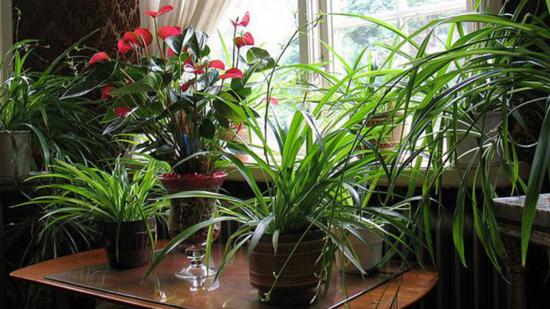
All indoor plants, without exception, do not tolerate direct sunlight and prefer warm light. Flowering species and representatives with variegated leaves require an individual approach. It is best to place plants on the windowsill, closer to the light source; transparent tulle can serve as additional protection from bright rays.
Any ornamental plants do not tolerate drafts. Even while airing the room, it is recommended to rearrange the pots for a while. The most important point is proper watering of plants. During the growing season (spring and summer), the plant needs frequent watering.
In winter, the root system is dormant, so the plant is watered once a week or even less often. In the warm season, not only the roots, but also the leaves need moisture. They are sprayed with a spray bottle, sometimes you can arrange a shower. Water for glaze should be settled, at room temperature.
If you ignore these rules, the plant may get sick or weaken. You should not use boiled water; it does not contain oxygen or microelements beneficial to the plant. Rarely does anyone regulate the temperature in a room just for the comfort of indoor plants. The optimal conditions for flower development are 15-25 degrees.
Some species can tolerate hotter temperatures. Therefore, it is not recommended to place pots near heating devices and radiators in winter. When cleaning the house, dust is also wiped off the plants. Dust prevents light from reaching the leaves, which is necessary for the process of photosynthesis. The dust may contain substances harmful to the flower.
Symptoms of house plant pests
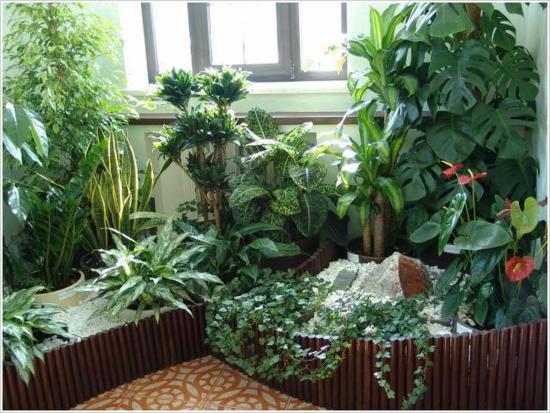
If the plant is infected with a virus, the symptoms can be very diverse. The plant stops growing, the leaves become stained, and the stems wither. Often the virus is not treated, the plant is thrown away before the disease spreads to healthy specimens. Antacrosis appears at elevated room temperatures and high humidity.
The tips of the leaves turn brown and black spots appear. The affected leaves are removed, and healthy ones are treated with an insecticide, and watering is temporarily reduced. Due to excessive moisture, a black leg may appear - fungal disease. Affected cuttings are removed and care is improved. Root rot occurs due to excessive watering. The leaves gradually turn yellow, then the stems, then the shoots turn black, and the plant dies.
At an early stage, the plant can be saved by removing rotten roots. Powdery mildew manifests itself as a white coating on the leaves. This is a fungal infection.Affected leaves should be removed and healthy ones should be sprayed with a fungicide.
Dropsy appears when the soil is waterlogged and there is insufficient lighting. The fungus can only be found on the underside of the leaf. If the leaves are covered with brown spots, this may indicate a bacterial or fungal disease. For prevention, healthy leaves are treated with a fungicide. Watering is temporarily reduced.
Blackhead is a fungal disease that manifests itself in the secretions of aphids, mealybugs, and whiteflies. It is not necessary to treat the plant; it is enough to remove the plaque with a damp sponge. Gray rot appears in a cold room. The fungus looks like fluffy mold.
The leaves are cut off and the soil is treated with a fungicide. Care caring for indoor plants begins with choosing a pot and preparing the soil mixture. If you miss even one care item, you can lose your flower forever.
Video about the best fertilizers for indoor flowers:



